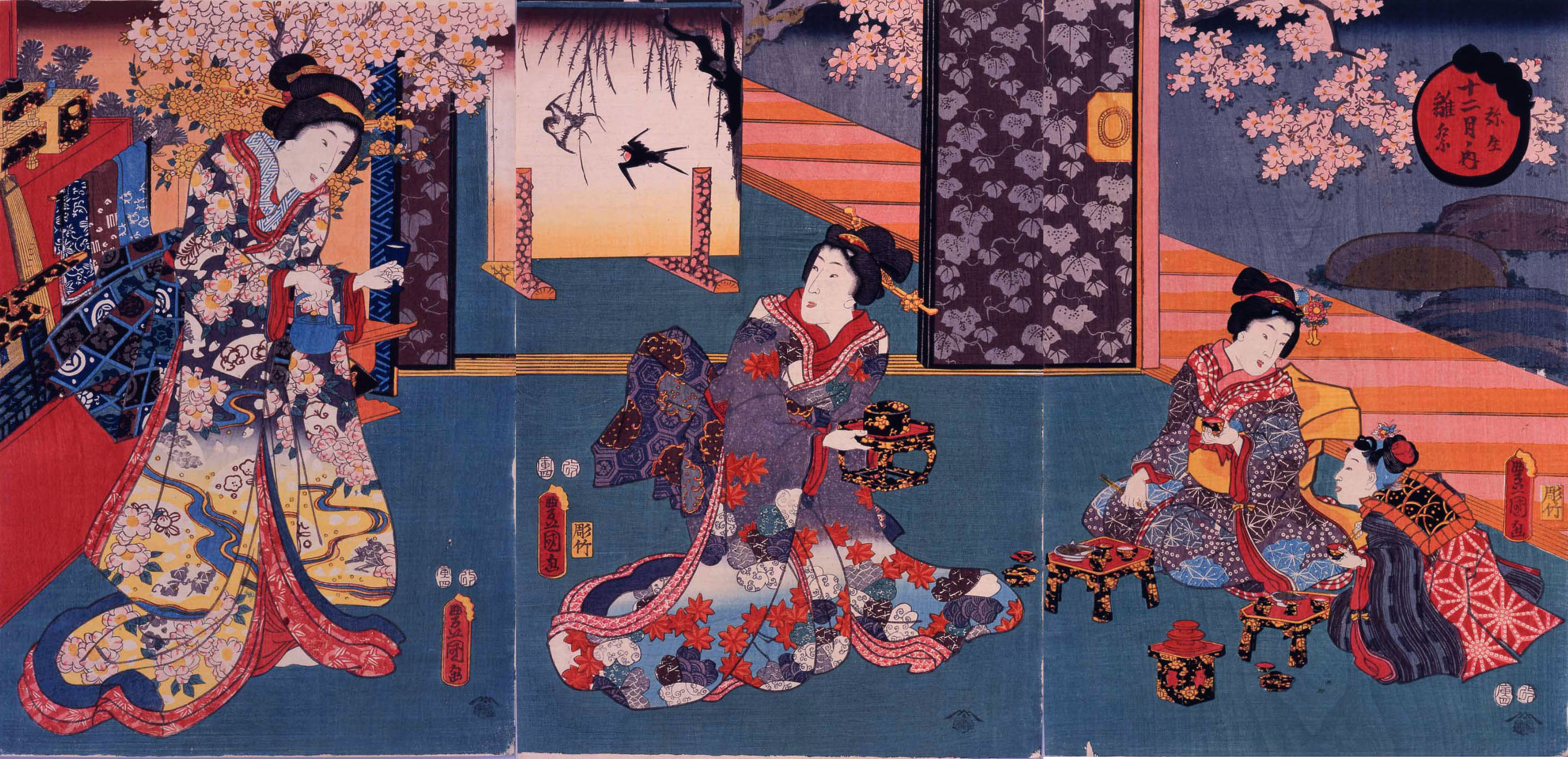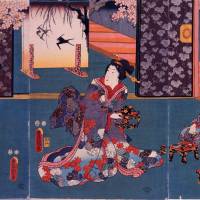March 1-26
Girl's fashion in Tokyo's Harajuku district has become a notable symbol of contemporary Japanese kawaii (cute) culture. However, it may come as a surprise to find out that the roots of kawaii trends are far older.
On show at Ukiyo-e Ota Memorial Museum of Art are a number of prints and paintings that focus on the many women's styles of the Edo Period (1603 to 1868) — a time when fashion was expressive and could help identify a woman's status or profession.
Yū jo prostitutes, for example, wore particularly elaborate garments, machi musume (city girls) veered toward the casual and himegimi (princesses) focused on elegance. So powerful a tool of expression was clothing that the government even banned several of the more daring trends of kimono, accessories and makeup.
Ukiyo-e Ota Memorial Museum of Art; 1-10-10 Jingumae Shibuya-ku, Tokyo. Harajuku Stn. 10:30 a.m.-5:30 p.m. ¥700. Closed Mon. 03-5777-8600; www.ukiyoe-ota-muse.jp




